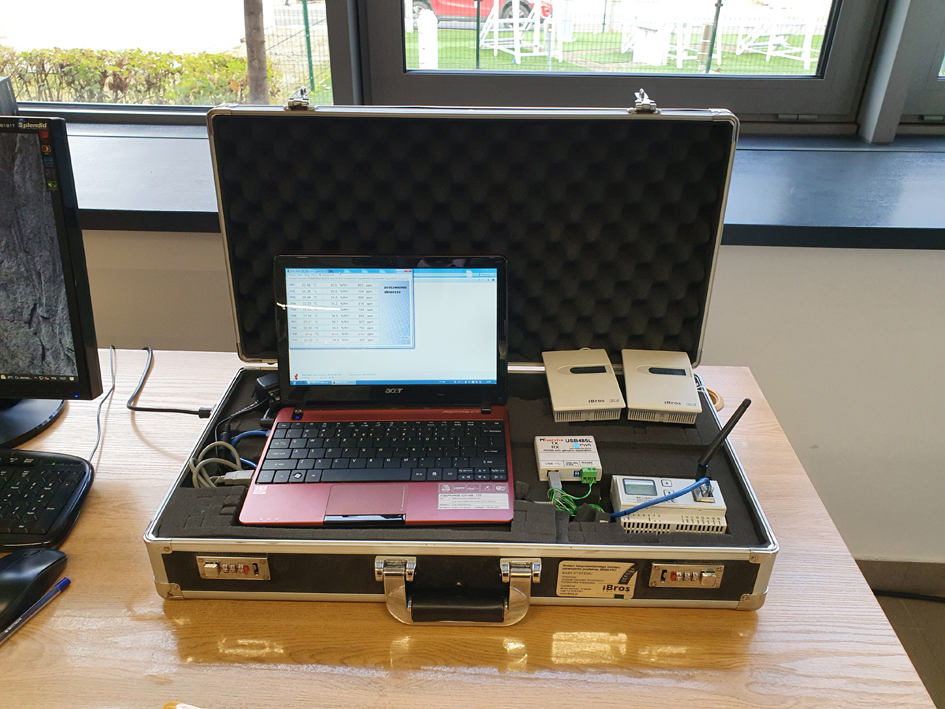Indoor air quality in the primary school classroom in Poland - case study
1
Katedra Budownictwa Ogólnego i Fizyki Budowli, Crakow University of Technology, Poland
2
Wydział Inżynierii Środowiska i Energetyki, Cracow University of Technology, Poland
These authors had equal contribution to this work
Submission date: 2024-01-30
Acceptance date: 2024-04-23
Publication date: 2025-06-16
Corresponding author
Katarzyna Justyna Nowak-Dzieszko
Katedra Budownictwa Ogólnego i Fizyki Budowli, Crakow University of Technology, Warszawska, Kraków, Poland
Katedra Budownictwa Ogólnego i Fizyki Budowli, Crakow University of Technology, Warszawska, Kraków, Poland
Archives of Civil Engineering 2025;71(2):51-65
KEYWORDS
TOPICS
ABSTRACT
Children spend on average 7-10 per weekday at school, that’s why the indoor air quality in the classrooms plays a key role in the assessment of the effects of their personal exposure to the air quality. Many scientific articles indicate the substantial influence of carbon dioxide (CO2) levels and overall air quality within educational environments on the well-being and cognitive performance of children. This article presents the case study of the classroom in the primary school in Cracow with very unfavorable indoor air quality caused by the usage pattern. In the classroom, there is a natural ventilation system, still the most common in the Polish existing buildings. The very high level of CO2 exceeding the standard requirements connected with low ventilation efficiency effects in harmful indoor conditions.
Based on the measurements conducted in the classroom during the lessons with the users in and taking into account formal requirements authors assessed the quality of indoor air. The main reason for those unfavorable conditions is an inefficient natural ventilation system. This paper is also supposed to answer the question of whether temporary opening windows can assure proper concentration of CO2 in a standard classroom and, if not, what would be the optimal ventilation rate. In the next step, this optimal minimum required ventilation rate for the classroom was calculated. It could be used as a design assumption in the selection of a ventilation system.
We process personal data collected when visiting the website. The function of obtaining information about users and their behavior is carried out by voluntarily entered information in forms and saving cookies in end devices. Data, including cookies, are used to provide services, improve the user experience and to analyze the traffic in accordance with the Privacy policy. Data are also collected and processed by Google Analytics tool (more).
You can change cookies settings in your browser. Restricted use of cookies in the browser configuration may affect some functionalities of the website.
You can change cookies settings in your browser. Restricted use of cookies in the browser configuration may affect some functionalities of the website.




